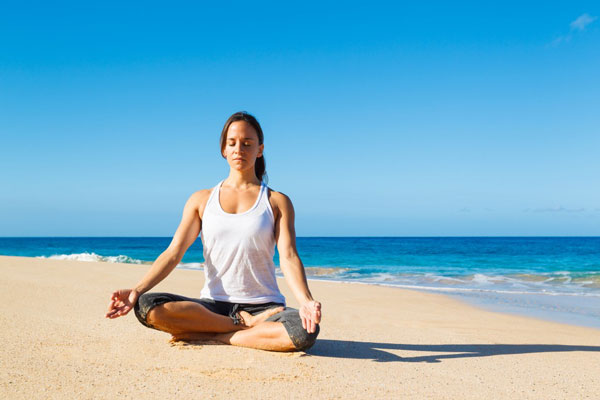And you thought it was just sunlight that affects your eyes? Think again…
Factors that affect your UV exposure:
Time of year and time of day
UV levels vary mainly with the height of the sun in the sky and in mid-latitudes are highest during the summer months during the 4-hour period around solar noon. During these times the sun’s rays take the most direct path to earth. In contrast, during early morning or late afternoon hours the sun’s rays pass at a greater angle through the atmosphere. Much more UV radiation is absorbed and less reaches the Earth.
Latitude
UV levels are higher closer to the equator. Closer to the equator the sun’s rays have a shorter distance to travel through the atmosphere and therefore less of the harmful UV radiation can be absorbed.
Altitude
With increasing altitude less atmosphere is available to absorb UV radiation. With every 1000 m in altitude, UV levels increase by approximately 10 per cent.
Clouds and haze
Be careful not to underestimate the amount of UV radiation passing through clouds. UV levels are highest under cloudless skies, and cloud cover generally reduces a person’s exposure. However, light or thin clouds have little effect and may even enhance UV levels because of scattering. Don’t be fooled by an overcast day or a cool breeze! Even a long stay in open shade, for example between buildings, may give a sensitive person a sunburn on a day with high UV levels.
Many surfaces reflect UV radiation and add to the overall UV levels you experience. While grass, soil or water reflect less than 10 per cent of incident UV radiation, sand reflects about 15 per cent, and sea foam about 25 per cent. Fresh snow is a particularly good reflector and almost doubles a person’s UV exposure. Recurring incidences of snow blindness or photokeratitis in skiers emphasize that UV protective measures must take ground reflection into account.













